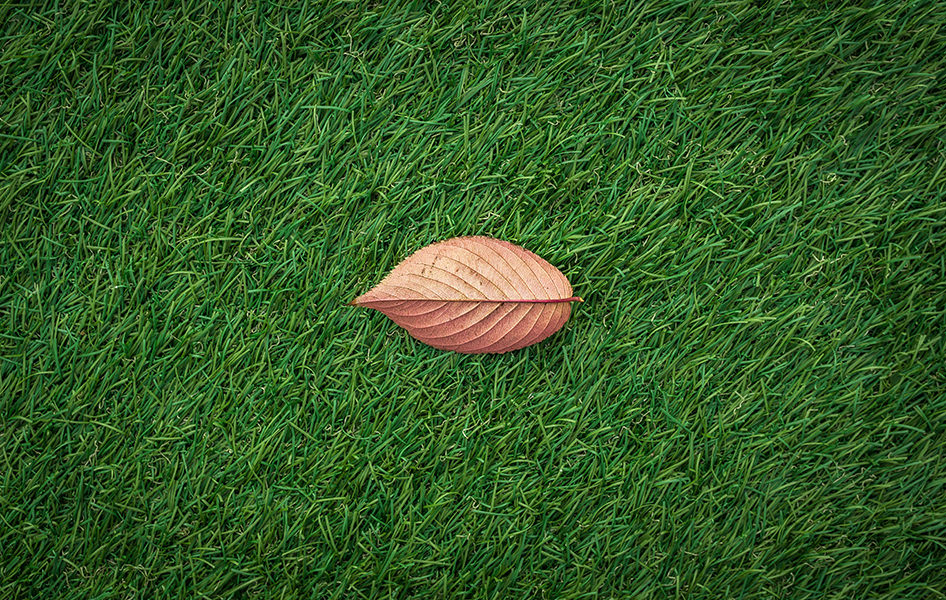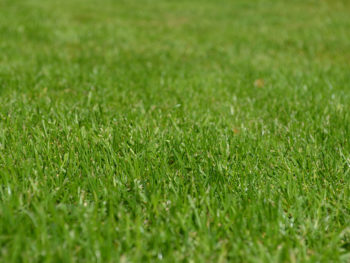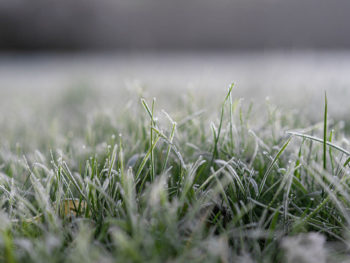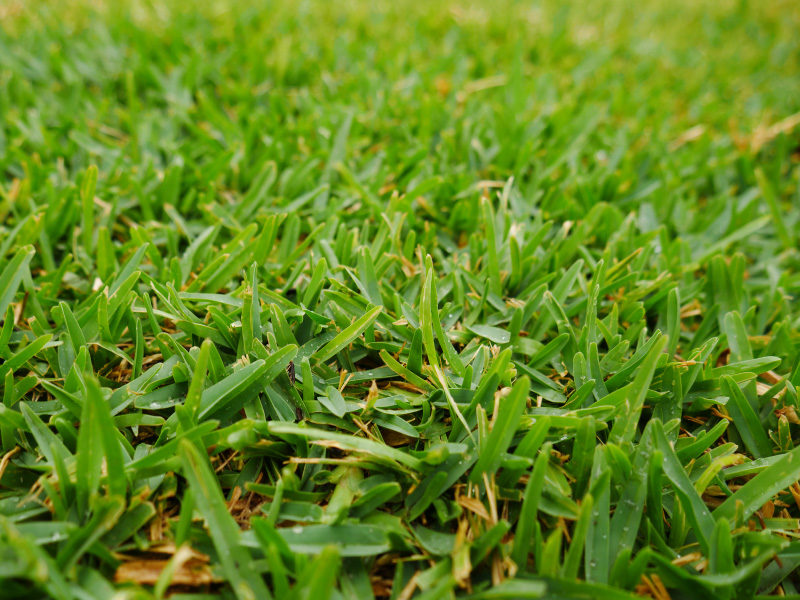It’s autumn in Australia, and with the shorter days and cooler nights comes the chance for your lawn to recover from the heat, harsh weather and high traffic of summer and begin to store up energy for winter. Chances are your lawn has taken a beating over summer, and autumn is a great time to restore your lawn to good health.
Reduce your mowing
Good news for those who have better things to do– it’s time to reduce your mowing. Cooler weather will cause your lawn’s growth to gradually slow down throughout autumn, meaning less work for you! You won’t need to mow nearly as often as you did in summer, and you can afford to leave the grass a little longer too, as it won’t be growing as quickly. The longer leaf length will help the grass absorb as much sunlight as possible from the shorter days with reduced light, and help the grass to tolerate the cooler conditions of autumn much more efficiently.
In autumn, you should only need to give the lawn a light mow every three to four weeks, for optimal lawn health. Mowing it too often will prevent the lawn from storing up enough energy to see it through winter, and mowing it too infrequently will allow the lawn to get out of hand and weeds to establish.
Get on top of weeds and pests
While growth is generally slower, autumn can still be a good time for weeds if left unchecked. First, check that any weeds you treated last month are dying, and if not, you’ll need to repeat the treatment. For new infestations of weeds or pests, treat using a selective weed product or herbicide, or remove by hand if the infestation is not too extensive. Keep an eye out for the following problems which can develop in autumn:
- Check the lawn for fungal diseases, as there is still some warmth and moisture in the air.
- Spray the lawn for bindii in May so that you don’t develop a lawn full of prickles in spring.
- Keep an eye out for the onset of wintergrass and use a wintergrass killer to treat it.
Pest infestations can also be a problem in the autumn lawn. Autumn is a great time to free your lawn of pests as their populations naturally start to wane after summer. Common signs that you may have a pest problem include:
- Brown spots in the grass
- Dead and dying grass patches
- Wilting grass blades
- Bite marks on grass
- Visible insects in the grass layer
- Holes in the soil
Identify which pest is causing your problem and treat it with a suitable pesticide before it gets hold in your lawn. Horsham Turf has a great range of pest control products here.
Test the pH of your lawn
If your grass has been struggling to flourish, the soli may be too acidic, especially if the lawn is an older one. It’s a good idea to test the pH of your soil now and correct the soil if it’s too acidic. Lime is a good choice to make the pH more neutral and a better growing environment for your turf.
Give autumn lawns a boost
The soil will still contain a fair bit of warmth from summer, so the grass will still be actively growing. This is a great time to fertilise your turf and encourage strong root growth, colour and health throughout the season, and help prepare your lawn to weather the winter months. Rejuvenate a tired and worn lawn with a feeding of slow release fertiliser. A boost of fertiliser will give the grass enough energy to take it safely through winter. Ideally, wait to fertilise your lawn until the weather has cooled down and there is rain forecast to help water the fertiliser in. Follow the instructions on the packet carefully and don’t over-fertilise the grass.
Before fertilising, remove stones, debris or weeds from the lawn so that the fertiliser can penetrate into the soil effectively.
To see a range of Horsham Turf’s lawn fertilisers, click here.
Aerate the lawn
If your lawn has become compacted after the heavier traffic and summer rain, you’ll need to aerate the soil. This will help:
- Improve drainage
- Allow oxygen to penetrate into the soil
- Allow rain and water to penetrate easily down to the grass roots
- Allow fertiliser to be absorbed
Aeration is easily carried out by using a garden fork across the lawn to put holes in the soil, thus allowing air, water and fertiliser to enter the soil and be used by the grass. You could also try using aerator shoes or a lawn coring machine to aerate the lawn more effectively.
Water as necessary
While you won’t need to water as often in autumn, the weather can still be warm and drying, so you’ll need to monitor the lawn and water when necessary. If your grass is starting to look wilted and discoloured, you’ll know its’ time to get watering.
The best time to water during autumn is in the morning, especially as the days get cooler. This will give the water a chance to absorb during the day and will prevent the water sitting on the lawn overnight, which can lead to fungal problems.
For more Do’s and Don’ts of watering your lawn, click here.
Repair bare patches
Now is a good time to hide and repair any bare patches caused by the wear and tear of summer lawn use – and there may be plenty. Use lawn seed to repair any bare patches that are showing, or fill in any holes with a few turf rolls (contact Horsham Turf if you need help with this). Another strategy to try is to remove some runners from the edge of the lawn and replant them in the bare patches. Either way you do it, make sure you water the replacement lawn in thoroughly and try not to walk on it for a few weeks while it re-establishes itself.
Let the lawn get as much sunlight as possible
Shorter days mean less light on the lawn, and less chance for photosynthesis to take place. It’s therefore important to allow the grass to get as much sunlight as possible in autumn. Prune or trim trees and bushes which are overhanging and shading the lawn, to give the grass as much sunlight as possible. And rake the lawn regularly to remove any debris or autumn leaf fall, which will also prevent sunlight from reaching the grass.
Lay new turf
Autumn is the best season for laying new turf, as this gives the lawn time to settle throughout the cooler months, as well as a good dose of winter rain.
Visit Horsham Turf to select from a great range of instant turf varieties for your garden.
Autumn is an important time for your lawn, and as a bonus, the cooler days make it a great time to get out in the garden. With a little care and TLC, your lawn will soon be in peak condition again and ready to sail through autumn in the best of health.





 How to grow grass to last
How to grow grass to last
